
Animal tissues might sound like some complex biology stuff, but once you get the hang of it, it all clicks. These are the building blocks that keep your body moving, sensing, protecting, and staying alive - from muscle tissue that helps you run to nervous tissue that lets you react in a split second.
This blog covers what animal tissues are and all the types of animal tissue, key examples, simple functions, and why they matter - whether you're revising for exams or just trying to finally get it. We’ve broken it down in a super student-friendly way.
Animal tissues are basically groups of cells that come together to do a specific job in the body. Instead of each cell doing everything on its own, they divide the work - like a team. That’s what makes complex organisms function smoothly.
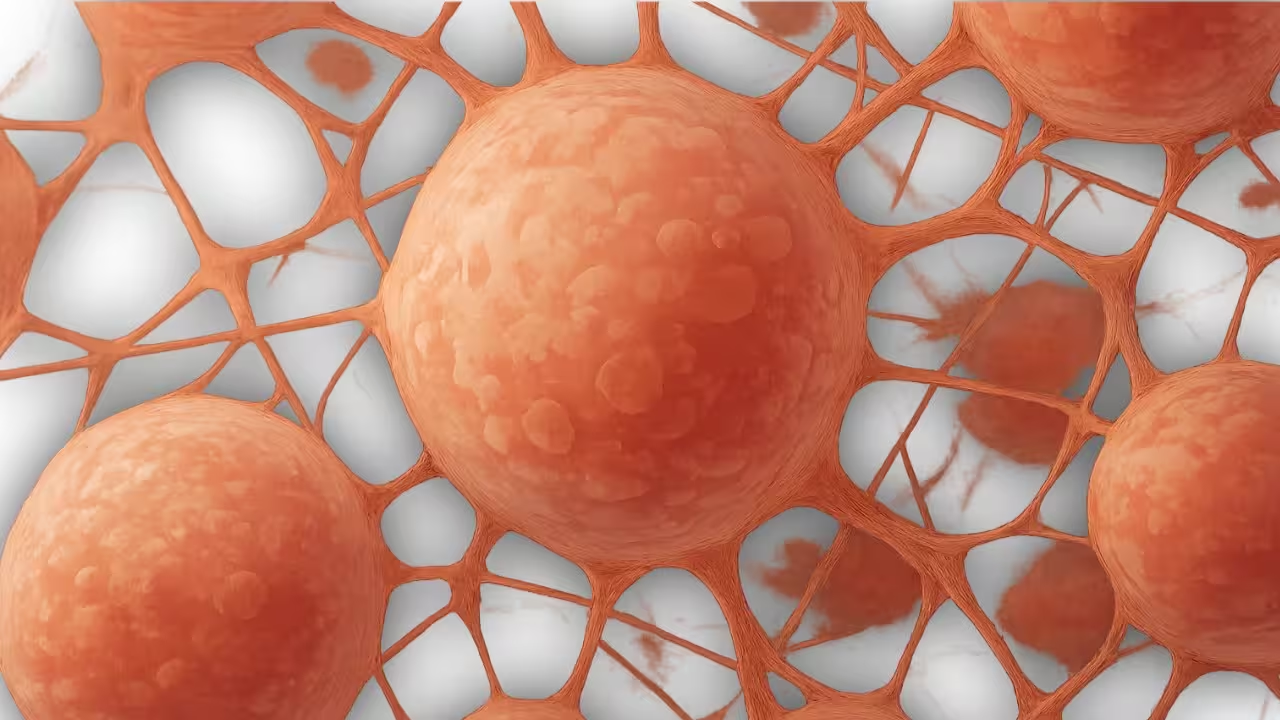
These tissues are the reason animals can move their hands, feel pain, pump blood, or even digest food. From muscle tissue that helps them move, to nervous tissue that sends signals in a flash - every action depends on some type of animal tissue doing its job right.
Without tissues, their body would be in total chaos. Imagine if your skin cells tried to pump blood or if nerve cells tried to digest food - yeah, not happening. That’s why tissues matter: they bring specialization and order in how your body functions.
In simple terms: Animal tissues - organized cell groups doing specific tasks to keep them alive and functioning properly. Each one is different but works as a team.
In animals, cells that do similar work come together to form tissues. These tissues help divide the body’s work so everything runs smoothly - from movement to sending signals, everything depends on these cell groups.
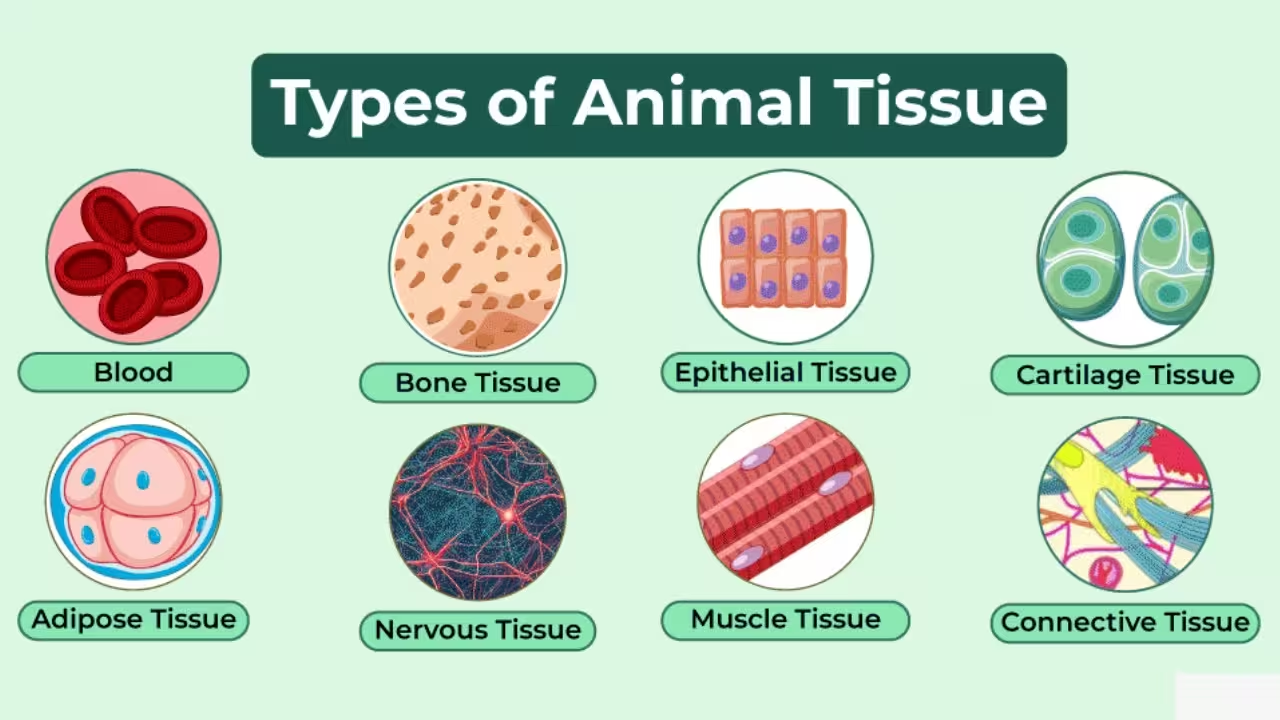
Animal tissues are broadly classified into four major types, based on what they do:
Understanding this classification helps you make sense of how animals function as a whole. Here's why it’s important:
So, knowing about animal tissues isn’t just theory - it’s the key to know how the animal body works, stays healthy, and reacts when things go wrong.
Epithelial tissue is like the body’s natural wrapping paper - it covers everything! From the outer surface of your skin to the inner lining of organs like the mouth, lungs, and blood vessels - this tissue forms a protective layer wherever it's needed.

But it’s not just about protection. Epithelial tissue plays multiple roles in keeping the body functional, clean, and balanced.
In simple terms: epithelial tissue is your body’s first responder - always covering, protecting, and managing what comes in or goes out.
Connective tissue might not get the spotlight like muscles or nerves, but it’s the framework that holds everything together – literally. From your bones to your blood, connective tissue is everywhere, doing heavy lifting without making a fuss.

It’s made up of loosely scattered cells in a matrix (a kind of jelly or solid background), and that matrix can be soft like fat or hard like bone. It’s super flexible in function, which is why it’s found in so many forms.
In short: connective tissue is like the body’s inner scaffolding - it keeps things in place, moves stuff around, and even defends you when needed.
Muscular tissue is what makes you move, breathe, blink, and even pump blood. It's the body’s inbuilt engine that handles all kinds of motion - both the ones you control (like walking) and the ones you don’t even think about (like your heartbeat).
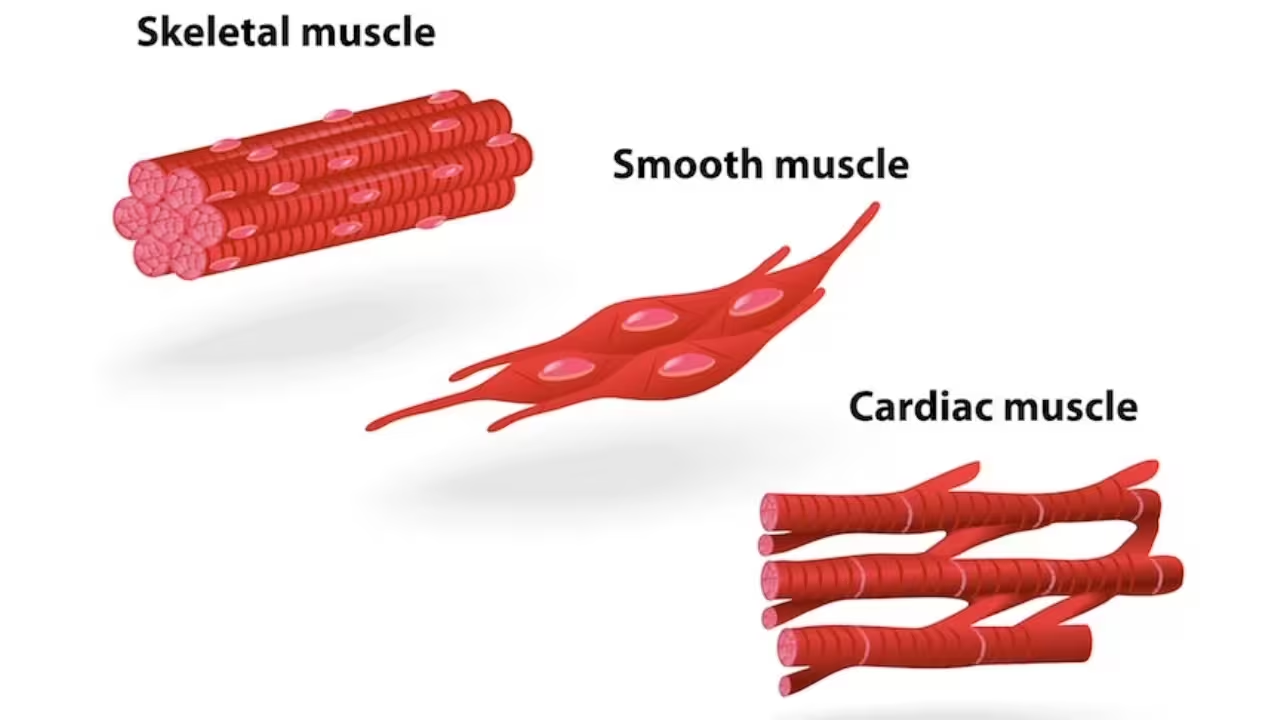
This tissue is made up of long, thin muscle fibers that can contract, shorten and relax - and that’s how movement happens.
There are three types of muscle tissue - and each works differently:
Muscle tissue is one of the most energy-demanding tissues in your body - and yet, it’s incredibly efficient. Whether you’re sprinting or sleeping, your muscles are always doing something.
Nervous tissue is what keeps your body and brain constantly connected. Whether it’s reacting to a hot object, remembering your friend’s birthday, or blinking without thinking - it’s all this tissue at work. This is the body's fast-response communication system, and without it, nothing would move, sense, or respond.
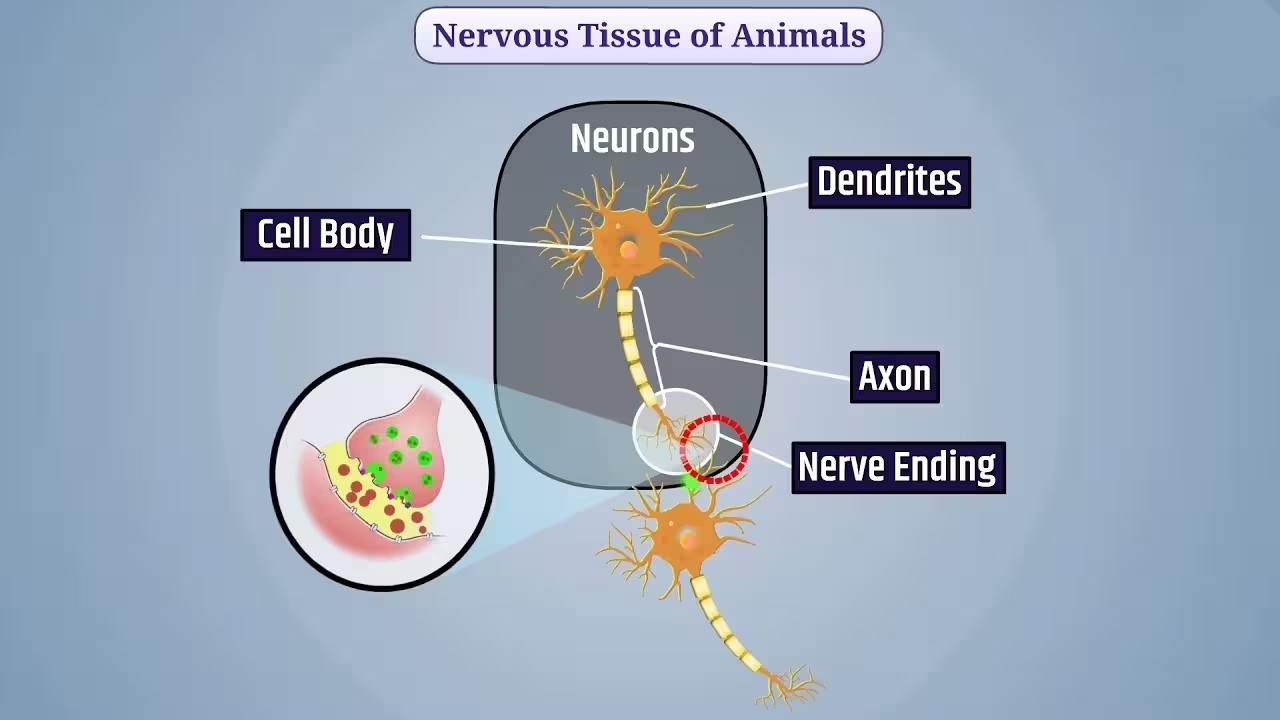
Here’s the real deal about nervous tissue:
It’s made of two main parts:
Basically, nervous tissue is the body’s built-in communication system. Without it, nothing would move, sense, or react. It's the reason you’re able to read this right now and process it in real time.
So, why do animal tissues even matter beyond just exam questions? Turns out, they’re a major reason animals survive, adapt, and function properly in their environments. Whether it’s a cat stretching, a fish swimming, or a bird flying - tissues are doing the behind-the-scenes work.
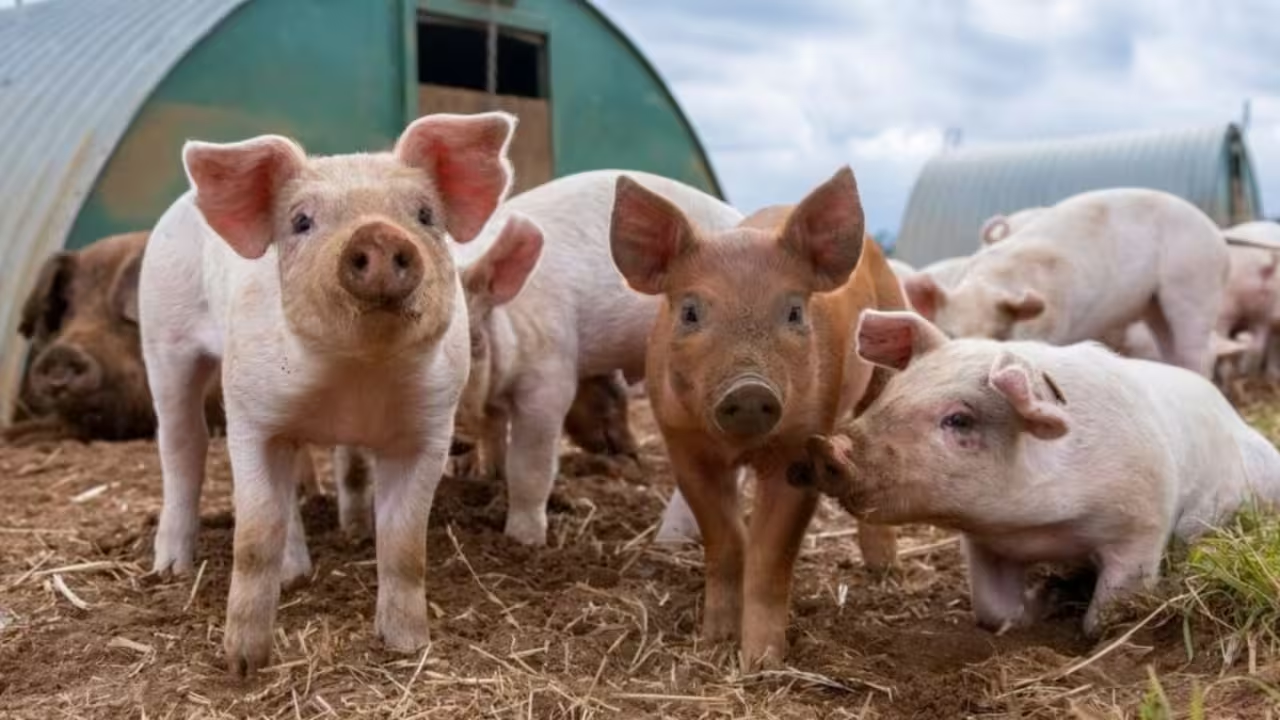
Here’s why animal tissues are super important:
In multicellular animals, tissues help organize cells to perform specific tasks. Without tissues, there’d be no proper body shape, no organized movement - just a jumble of cells.
Different tissues do different jobs: epithelial tissues protect organs, muscle tissues help with movement, nervous tissues control signals, and connective tissues hold everything together. Each has its own role, making the body work like a system.
Think of polar bears with thick connective (fat/adipose) tissue for warmth, or desert animals with specialized epithelium that reduces water loss - tissues are key to survival in harsh climates.
Injuries? Damaged skin or muscles? Tissues like areolar or bone tissue step in to repair and regrow, helping animals heal and stay functional.
From a rabbit’s quick escape to a bird’s heartbeat during flight - it’s the nervous and muscular tissues working together. These tissues allow fast responses and continuous internal balance.
So next time you watch an animal in action - walking, eating, flying - remember, it’s all thanks to perfectly working animal tissues doing their jobs behind the scenes.
Animal tissues aren’t just about theory - they play a huge role in understanding diseases, treatments, and even wildlife health. When something goes wrong in a specific tissue type, it can lead to serious problems.


In simple words, tissues aren’t just biology class stuff. They're essential for animal health, research, and medical care in the real world. Knowing how tissues work helps us care for, treat, and protect animals better.
